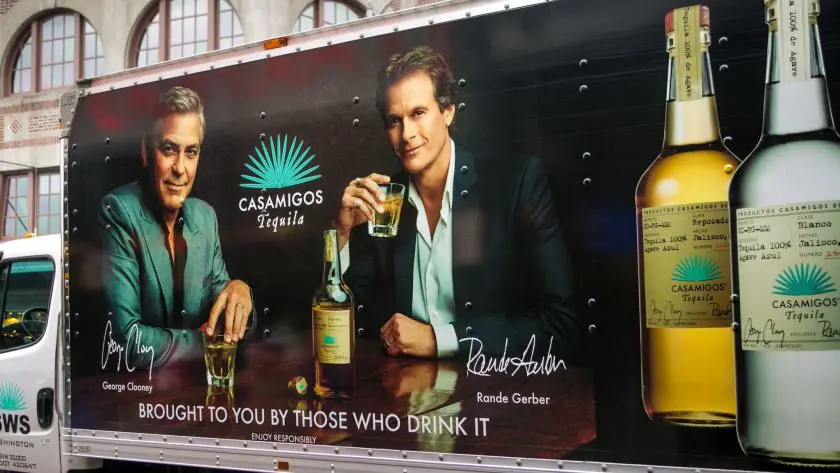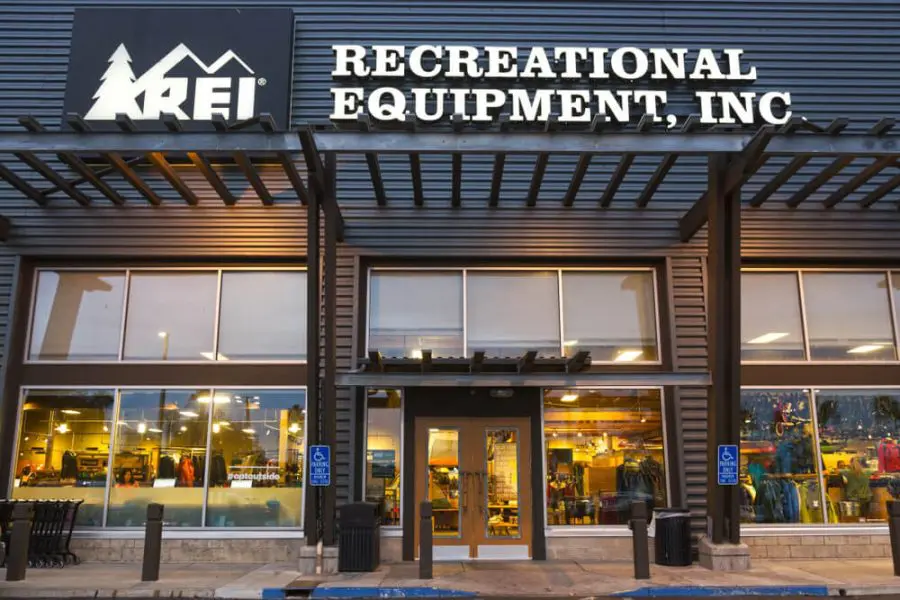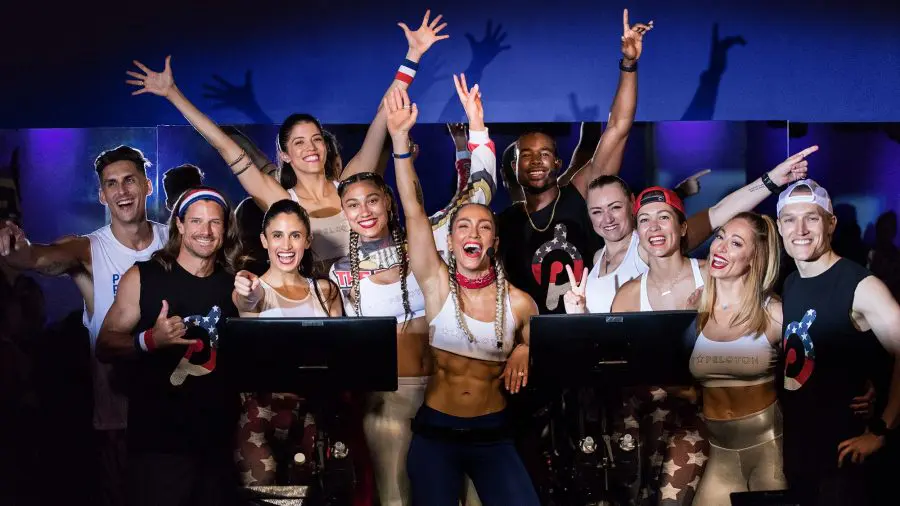“What exactly is a brand and why does branding matter?” Many of our clients as ask themselves this question at some point while investigating how to improve their marketing and branding efforts. For many of the companies we work with, it’s common for them not to be exactly sure why branding matters or how an improved brand platform could make a difference in a competitive marketplace. Most know something is not right with their messaging, image or presentation but they often need to be educated on the value of how good branding helps with all those challenges and many others.
Over the past years we have used the following examples of how strategic brand building can have a direct impact on business value, customer relevancy and loyalty. These are not the only examples of how branding can impact the bottom line, but these examples are especially relevant for a modern audience who is increasingly aware of brand messaging and experiences.
- DEFINE YOUR BRAND PROMISE
Challenge: Identify a Compelling Brand Promise
Benefit: Gain Competitive Footing
Example: Casamigos
Belonging, Status, Allure, Control, Security, Delight or Power are just some personal emotional drivers behind the buying decisions for most people. There are also sophisticated promises that smart brands use to attract potential buyers: an unspoken and compelling value that is often more powerful than the product itself. Products and services can be copied and replaced but brands that have a unique promise (that quintessential value beyond the surface) can leverage their point of difference to own market whitespace and attract the ideal customer who will happily engage with them again and again.
A good example of a clear brand promise impacting business values is the acquisition of Casamigos tequila (owned in part by George Clooney) by the industry powerhouse Diageo. To the spirit industry experts that penned the deal, Mr. Clooney’s attachment transformed an excellent product into a powerful brand that resulted in a record-breaking $1 Billion acquisition. As a brand ambassador with international recognition, Mr. Clooney reinforces the aspirational brand promise of Casamigos and helps to communicate a brand that represents Success, Allure and Respect to potential and existing consumers around the world.
Understandably, not many businesses can easily attach themselves to an international celebrity to create instant brand value, but every business can adopt a clear brand promise: an experiential value that adds benefit for a consumer beyond a well conceived product or exceptional service. Look at Apple (Delight), BMW (Status), Cartier (Love) and Whole Foods (Wholesomeness) as examples of brands who have successfully tapped into the emotional power of a brand promise to drive price beyond market value and continue to attract and keep loyal customers.
- CLARIFY CORE BRAND VALUES
Challenge: Embody an Authentic Set of Brand Values
Benefit: Build Customer’s Trust
Example: REI
Do you know and use your brands set of values to connect with customers? If not, generations of consumers will happily move past you and find a brand that has values similar to their own. Emerging generations have considerable spending power and demand more from brands today. 73% of Millennials and 72% of Gen Z’s are willing to pay extra for products and services from companies dedicated to social and environmental change, compared to just 51 percent of Boomers. On top of that, 70% of Gen Z would actively engage with a brand that could help them make a difference. Brand values don’t have to be associated with sustainability or social causes, but they do need to be relatable and compelling to the audience you want to engage with.
REI is great example of a brand that embodies their values: Recreation, Outdoors and Community. Their #OptOutside program challenges the retail institution’s Black Friday event by paying their 12,000+ employees to take time off on that day to be with their family and friends. When #OptOutside started it was about reclaiming a day to give thanks and re-grounding with what the brand values most in life as a community. “Since launching #OptOutside, we’ve watched more than 200 retailers go out of business. It has been a period of enormous change in retail. We’ve stayed healthy partly because we’ve stuck with our core values — like giving our employees time to do what they love with the people they love during the holidays. It’s enabled us to connect millions of people with the outdoors.” REI CEO. Jerry Stritzk
REI is not alone in their ability to clarify and stand by a set of brand values – The New York Times (Truth), Nike (Human Potential), American Express (Integrity), Starbucks (Community) and Adobe (Creativity) are all good examples of brands that have meaningful, actionable, clear and timeless values.
- HELP CUSTOMERS ACHIEVE PERSONAL GOALS
Challenge: Passive brand experiences have lost their value
Benefit: Create Loyalty and Relevancy
Example: Peloton
Consumers today are not satisfied with “standard” experiences any longer and are actively seeking transformative products and services. Consumers today are savvy, selective, informed, and want to be understood on a deeper level by the brands they choose to embrace. Enter the Transformational Economy where consumers are seeking more than mere experience and where they have become their own authority, expert and agents of change. The products and services they consume turn into vehicles for supporting their own personal brand which is in a constant state of becoming. Brands that can offer these consumers a more meaningful route to their individual achievements will be ahead of the game and forming meaningful and lasting relationships with their customers.
One brand that was born to take advantage of the Transformational Economy is fitness lifestyle brand Peloton. This company’s business model is based on digital content and a growing rider community—1 million at last count. One of the most talked about startups, Peloton has gone through five funding rounds, most recently tallying $325 million and, with its recent $1.25 billion valuation, Peloton is now officially a unicorn. At the heart of every brand touchpoint, Peloton enables their members to succeed on their own terms, from the comfort of their own homes and connected to a community of like-minded transformational enthusiasts.
Brands like Peloton understand the consumers today who are looking for products or services to provide transformational opportunities and will pay a premium to achieve their potential.
Brands are fluid and need to grow and evolve to keep competitive and find new authentic value for the customers they wish to engage or they are in danger of being left behind (Kodak anyone?). Identifying a compelling brand promise, clarifying your brand’s core values and helping your customers achieve their personal goals are just three ways in which you can start making your brand more relevant immediately.


